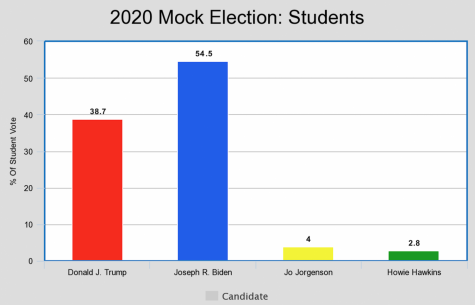Rocketry Club Preview

October 8, 2017
The Rocketry Club has come a long way from when they started three years ago. They have gone from launching tiny alpha rockets on the US athletic fields to competing on the national level. As the team enters their second season competing in the Team America Rocketry Challenge (TARC), they hope to improve on their season from last year in their ultimate goal of winning the TARC tournament.
The Rocketry Club is entering their second year competing in the Team America Rocketry Challenge. TARC is the world’s largest student rocket contest in the world, and it is a key piece of the aerospace and defense industry’s strategy to build a stronger U.S. workforce in science, technology, engineering and mathematics (STEM). Approximately 5,000 students from across the nation compete in TARC each year. The contest challenges students to design, build and fly a rocket to safely carry a raw egg payload to a specific altitude and back within a certain amount of time. The contest’s rules change every year to challenge the students’ resourcefulness and encourage a fresh approach to rocket design. The team competed in the tournament during the 2016-2017 school year and came very close to reaching nationals, but unfortunately a tree got in the way, rendering them unable to move on in the tournament. The team plans to improve on last year’s season by building more rockets and doing more flight tests to ensure that they qualify for the national tournament. The team has also started to build their rockets earlier this year to ensure that they get enough flights in on time, which they will be able to get done with the new amount of members that the team has – the group has now doubled its members from last year.
Aside from competing in TARC, the team is also working on individual and group projects. In the IT Department in the upper commons, rockets of all shapes and sizes that the Rocketry Club have built and launched are on display. Last year they drove down to Dayton, Ohio to launch in a bigger airspace. They launched a rocket with a top speed of 615 mph, reaching an altitude of 5,700 feet; another rocket reached Mach 1 and went 6235 feet in the air. The team is currently waiting on the crops to be cleared on a field in Dayton so that they can fly bigger rockets at higher altitudes. One motor that they are waiting to fly has 1000 pounds of thrust and has a predicted altitude of seven thousand feet.
Given their recent achievements in the field of aerodynamics, the Rocketry Club has established itself as one of the “highest” achieving institutions at the school. With some more test flights and just a little more black powder, there is no doubt they will achieve success in the foreseen future.





